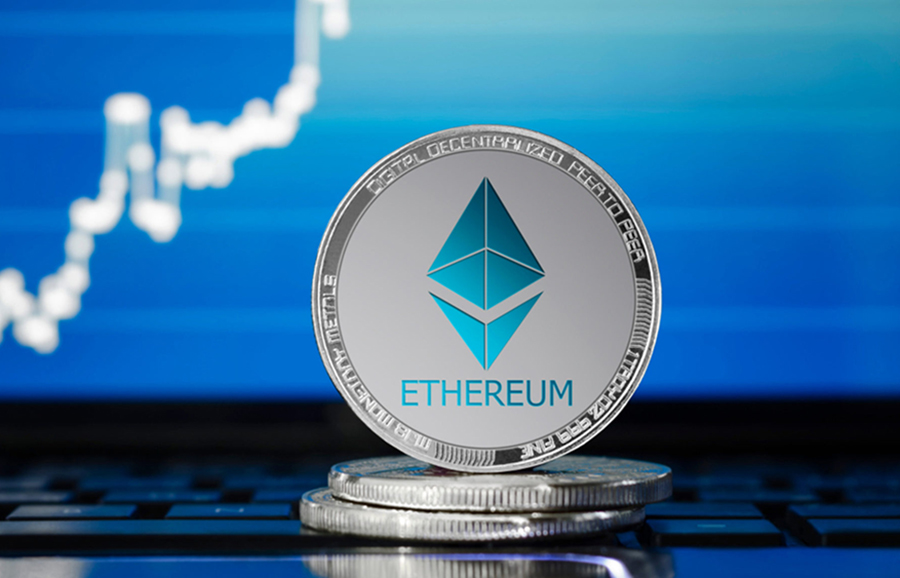What Is Ethereum?
Ethereum is a smart contract platform that enables developers to build decentralized applications (DApps) on its blockchain. Ether (ETH) is the native digital currency of the Ethereum platform.
Ethereum is supported in part by the Ethereum Foundation, a non-profit that is part of the larger Ethereum ecosystem including enterprise Ethereum consortiums like the Ethereum Enterprise Alliance.
How Does Ethereum Work?
Vitalik Buterin first conceptualized Ethereum in 2013 with the idea of developing an open-source blockchain platform different from Bitcoin (BTC), thus pioneering smart contracts. On the Ethereum blockchain, a smart contract behaves like a self-operating computer program that automatically executes when specific conditions are met. Blockchain allows smart contracts’ code to be run exactly as programmed without any possibility of downtime, censorship, fraud or third-party interference.
The Ethereum network went live on July 30, 2015, with 73 million Ether pre-mined.
How Do You Mine Ethereum?
Ethereum mining is currently based on a proof-of-work (PoW) protocol (like Bitcoin), with future plans to switch to proof-of-stake. Ethereum mining works when miners use their computational power to solve a mathematical problem (finding the hash of a block’s unique header metadata). The first miner to successfully solve the problem (find the hash) then broadcasts that the block has been mined to the entire Ethereum network for other nodes to validate and add the block to the blockchain.
The Ethereum blockchain was supposed to migrate from a PoW system to the less energy-investive proof-of-stake system (PoS) system in January 2020, but the deadline was not met. A switch to PoS and the release of Ethereum 2.0 is still expected for later in 2020.
Ethereum mining is based on the Ethash algorithm, and ETH miners originally received a block reward of 5 ETH per block when the network first went live. In the end of 2017, the Byzantine hard fork of the Ethereum blockchain lowered the block rewards from 5 ETH to 3 ETH. In early 2019, the reward was again lowered to 2 ETH in what is known as “the thirdening.”
The Ethash proof-of-work protocol makes it not profitable to use ASICs to mine (unlike Bitcoin). Each Ethereum block aims to take an average of 12 seconds to be mined, and the level of difficulty of mining is proportional to the total amount of computer power (or network’s hashrate) being used to mine Ethereum.
Ethereum transactions are called “gas” and they are responsible for powering operations on the entire network, meaning you have to spend your “gas” (Ether) in order to make changes to the blockchain. Ethereum also has a Turing complete internal code.
What Is Ethereum Used For?
The Ethereum platform is used by developers to build new kinds of DApps, which can have a variety of uses ranging from the creation of new digital assets and uncensorable web apps to building decentralized autonomous organizations and more. Anyone around the world is able to freely connect to the Ethereum network.
Ether, the native currency of the Ethereum blockchain, is also used as digital money and can be sent to anyone in the world instantly. Ether can be used as a form of payment or a store of value.
How Do You Buy Ethereum?
If you are not mining the Ethereum blockchain (which can be prohibitively expensive unless you are a professional miner), you can buy Ethereum on a cryptocurrency exchange. You can also store your Ether on an exchange or a hot or cold wallet.

Comments
Post a Comment
Any questions, Please.